- Tuesday, 23 December 2025
99 % Nepalis have access to electricity: Ghising
Kathmandu, Aug. 10: Nepal has reached the stage of being a fully electrified country as 99 per cent of the country’s population has already had access to electricity.
Managing Director of Nepal Electricity Authority Kul Man Ghising said that Nepal was close to being declared a country with complete electrification
He said about three years ago, 89.7 per cent of citizens had access to electricity from the national transmission line, now, 99 per cent of people have access to power. He made this remark while unveiling the achievements of the Authority on the occasion of the completion of the third year of his second term in office on Friday.
“Eight years ago (in the fiscal year 2015/16), electrification had reached only 58 per cent of the people. The achievement we made in electrification over the years is important. Electrification was 89.7 per cent three years ago and now it is 99 per cent,” he said.
According to him, the number of customers of electricity has now reached 5.935 million from 2.97 million in the fiscal year 2015/16. After the country became free from load-shedding and regular electricity supply began, the NEA gave priority to addressing the challenges that arose in the system.
Annual consumption 10.23 billion units
Stating that the Authority has invested heavily from its resources for electrification, Ghising said that free meters have also been distributed to provide electricity to landless squatters and poor households, including in the Chepang and Musahar settlements.
He said that not only the electrification in the villages but also the expansion of smart street lights in partnership with the local bodies, a large investment has been made to illuminate the city.
Eight years ago, about 3.72 billion units of electricity were consumed annually, but now it has reached 10.23 billion units. Per capita energy consumption has increased from 131 units to 400 units in eight years, he said.
“There is a significant achievement in the campaign to enrich the country by increasing domestic consumption not only by supplying electricity in homes but also supplying it to industries, businesses and factories,” he said.
He said that due to sufficient electricity supply in the country, the use of electric vehicles has also increased, and the Authority has constructed and brought into operation 62 charging stations while more than 400 charging stations built by the private sector are in operation.
NEA’s profit up
Ghising said that the Authority has succeeded in making a profit by improving institutional governance to reduce technical and non-technical electricity leakage, reducing financial expenses, increasing revenue and expanding transmission and distribution lines and substations in three years.
The NEA made a net profit of Rs.13.31 billion in the last fiscal year. In the fiscal year 2015/16, the Authority had a net loss of Rs. 8.89 billion in one year.
In the fiscal year 2016/17, NEA made a net profit of Rs. 1.50 billion and it reached Rs. 13.31 billion in the last fiscal year. Eight years ago, the Authority’s accumulated loss was Rs. 34.61 billion, now it’s accumulated profit is Rs. 47.41 billion, he said.
During this period, the electricity tariff has been reduced three times by about 25 per cent, but the profit is still increasing, he added.
According to him, NEA has been earning about Rs. 12 billion per year only by controlling leakages. Out of about 5.9 million customers of the Authority, about 2.2 million customers have been given free energy by maintaining a minimum charge of Rs. 30 only.
In the last eight years alone, the Authority was able to make capital investment of about Rs. 100 billion, he said. “Besides, the Authority has invested more than Rs. 56.68 billion in its subsidiary and related companies,” he added.
The total assets of the Authority have reached Rs. 632 billion at present while it was only Rs. 211 billion eight years ago.
“For the time being, the Authority has moved towards investing 10 per cent of its capital to the general public and investing in large hydropower projects.
Nepal becomes an exporter Ghising said that the export of surplus electricity had been increasing yearly. Nepal has officially started exporting electricity since November 2021.
The surplus electricity in the country is being exported according to the day-ahead and real time market of the Indian competitive market and according to the mid-term agreement.
With the increase in the amount of exports, around 1.94 billion units of electricity was exported and earned about of Rs. 17.7 billion in the last fiscal year. During the rainy season, more than 700 megawatts of electricity is being exported daily.
“During the dry season, it is difficult to meet the demand as the flow of water in the river decreases and the production of electricity drops. Last year, 1.91 billion units of electricity worth Rs. 16.93 billion was imported from India,” said the NEA. In the last fiscal year, Nepal’s power export was higher by Rs. 130 million than import making the country a net exporter of electricity.
This is a milestone, an important departure point for Nepal’s hydropower development, said Ghising.
“Nepal’s clean green energy will soon be exported to Bangladesh. For this, the necessary homework has been completed and a tripartite agreement has been reached between the bodies of Nepal, India and Bangladesh. Although the agreement plan has been affected due to the recent political unrest in Bangladesh, we believe that as soon as the situation eases, the agreement will be inked and the electricity export will start this year,” he said.
He also claimed that there was also a significant achievement in the field of construction of transmission lines in the last couple of years. By the year 2035, the transmission line network capable of exporting 20,000 megawatts of electricity has been ensured, he said.
Responding to queries, MD Ghising said that the NEA had sent the related documents regarding the issues of dedicated and trunk lines dues to the Public Accounts Committee (PAC) under the House of Representatives.

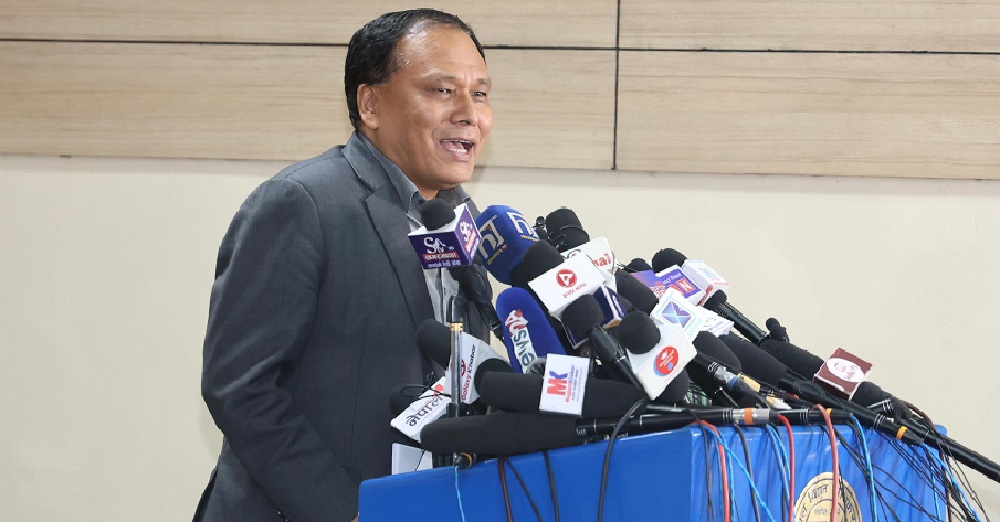

-original-thumb.jpg)

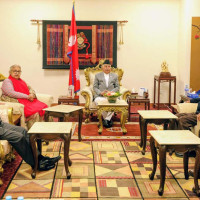
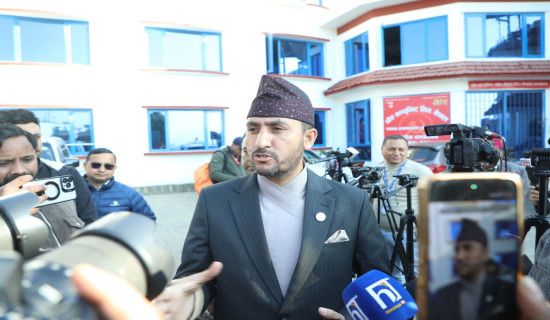
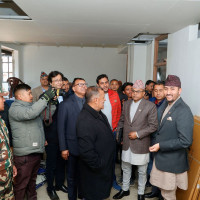
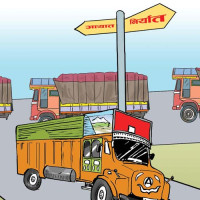






-original-thumb.jpg)